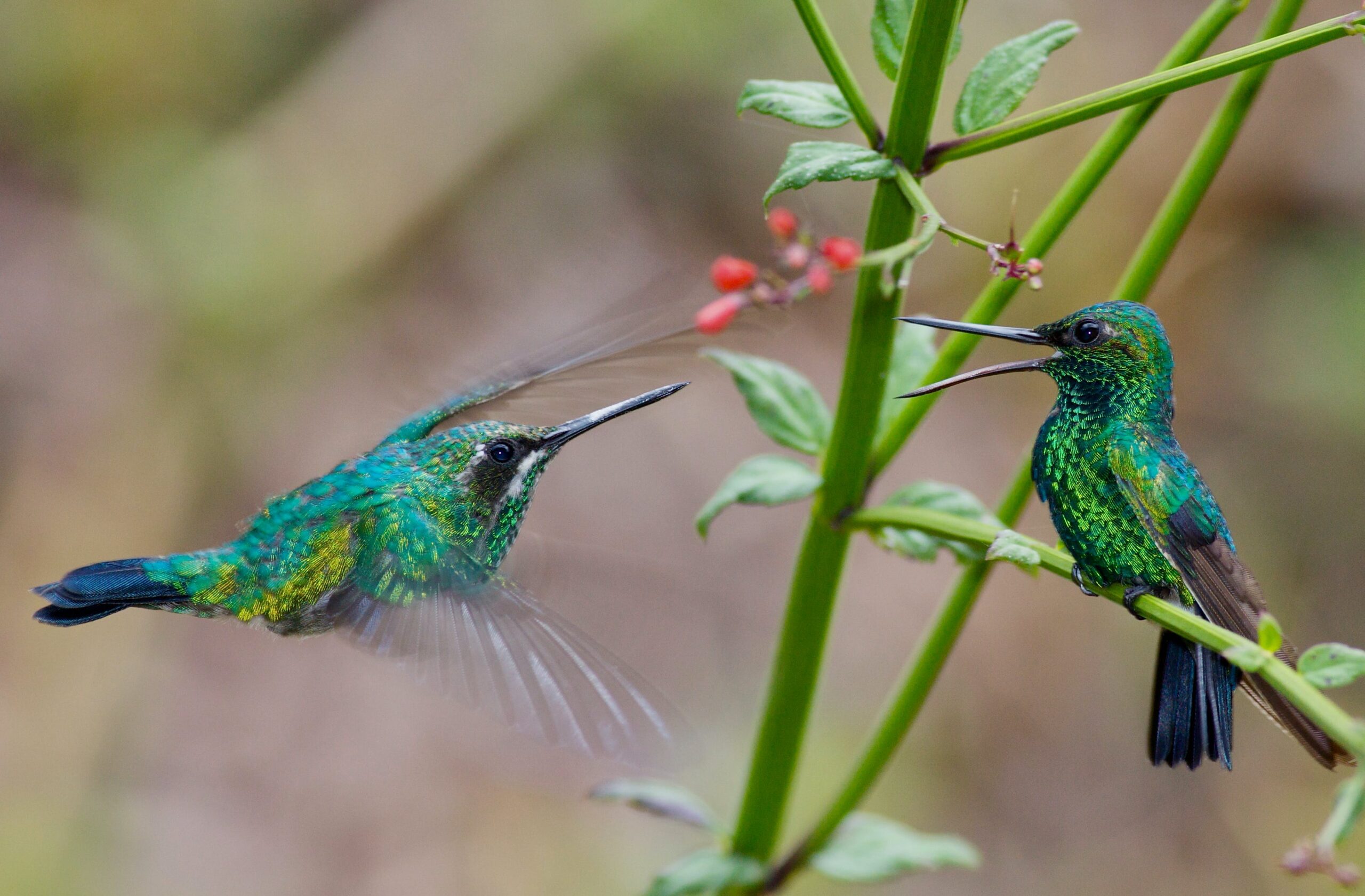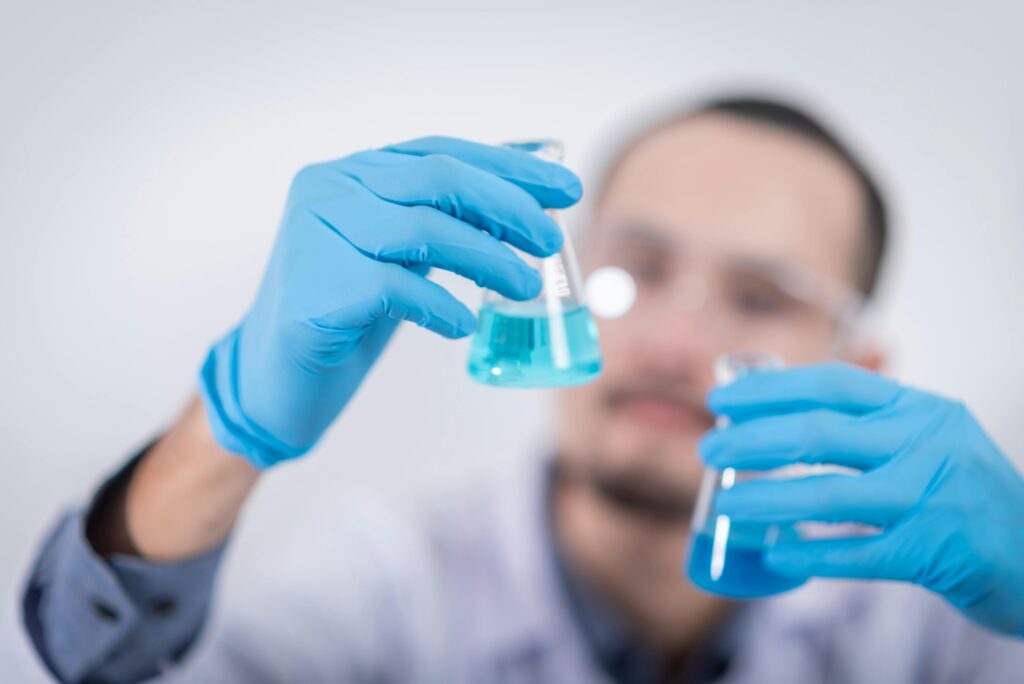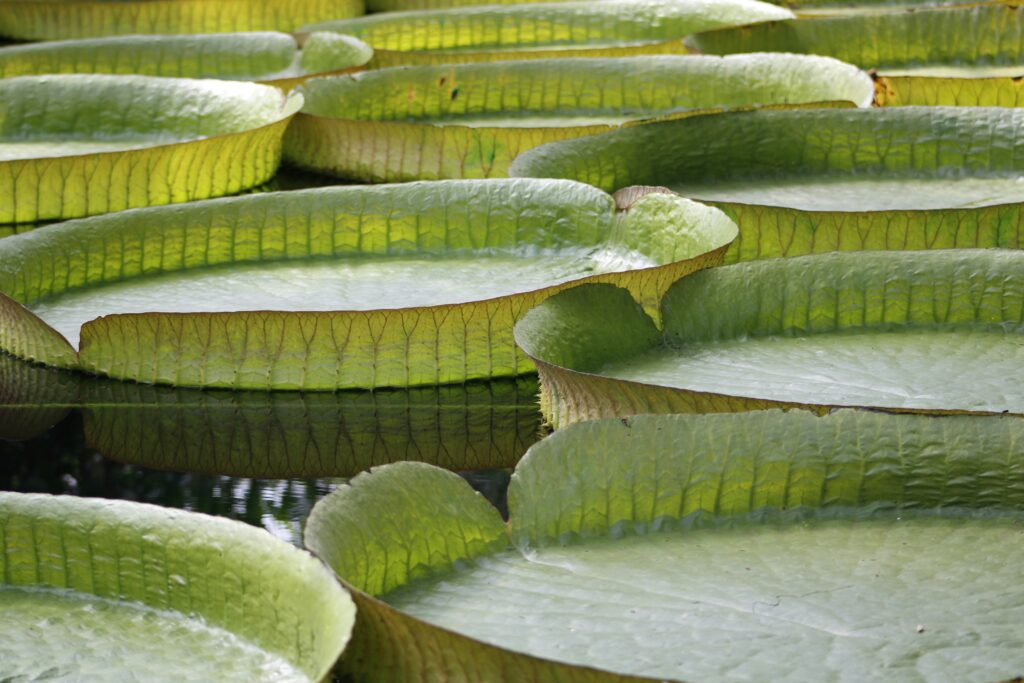Birds are some of the most loved species among nature enthusiasts due to their diverse colors, unique songs, and fascinating behaviors. Their ability to fly and the variety of species contribute to the widespread fascination with these feathered creatures. Even though we all know that birds reproduce in some way, many people would be stumped if you asked them exactly how birds mate.
Bird mating requires internal fertilization. Most species of birds do not have penises so this fertilization is achieved by aligning the male and female cloacas to transfer the sperm from the male’s cloaca into the female’s. The sperm then fertilizes the egg which develops a hard exterior shell and is laid, usually into a nest for incubation before hatching.
How do Birds Mate?
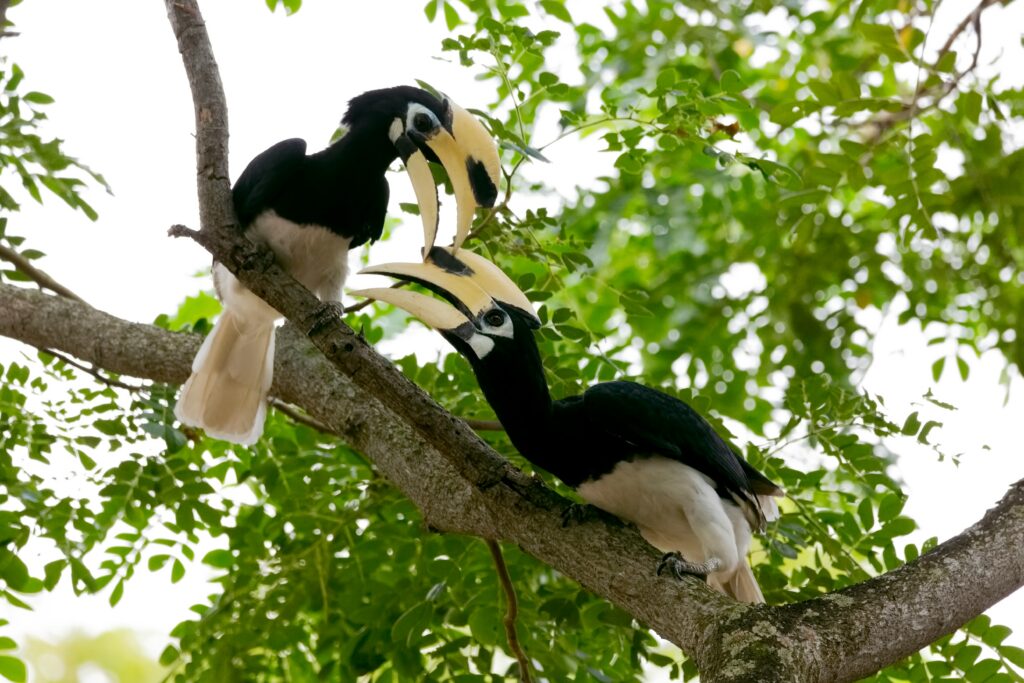
The process of mating in birds requires multiple stages. In most species, these stages include courtship, mating, incubation, and pairing. To fully answer the question “How do birds mate?”, we must first understand the process that proceeds it: courtship.
Courtship
Courtships are performed, usually by the male, to attract a mate. Different species of birds have a variety of unique courtship behaviors. For instance, any species use these very specific behaviors to determine if the potential mate is of the same species. Courtship behaviors include songs, dances, over-the-top feather displays, etc.
Take a look at this video from the Cornell Lab of Ornithology that shows the variety of courtship displays that birds can make:
Mating
Birds require internal fertilization, meaning that the sperm must come in contact with the egg inside the female bird’s body. However, unlike many other animals, only about 3% of bird species have a penis. About 97% of bird species reproduce by aligning their cloacas, a single opening used to excrete eggs, sperm, and waste, to transfer the sperm from the male’s cloaca into the female’s.
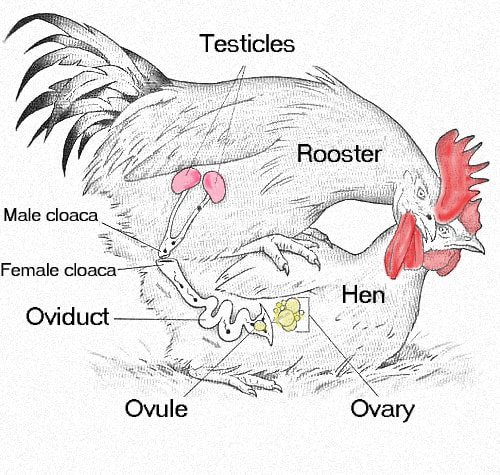
Once the sperm comes into contact with the egg it becomes fertilized. The fertilized egg grows and develops a hard exterior layer (the shell). The female bird then lays the egg by passing it out of her body through the cloaca.
Incubation
Most species of birds lay their eggs in nests. The locations and complexities of these nests differ based on the needs and habitat of the species. After the egg is laid into the nest, brooding or incubation occurs. Brooding/incubation is the act of keeping the egg warm using the parent’s body heat to promote embryo development within the egg.
Pairing
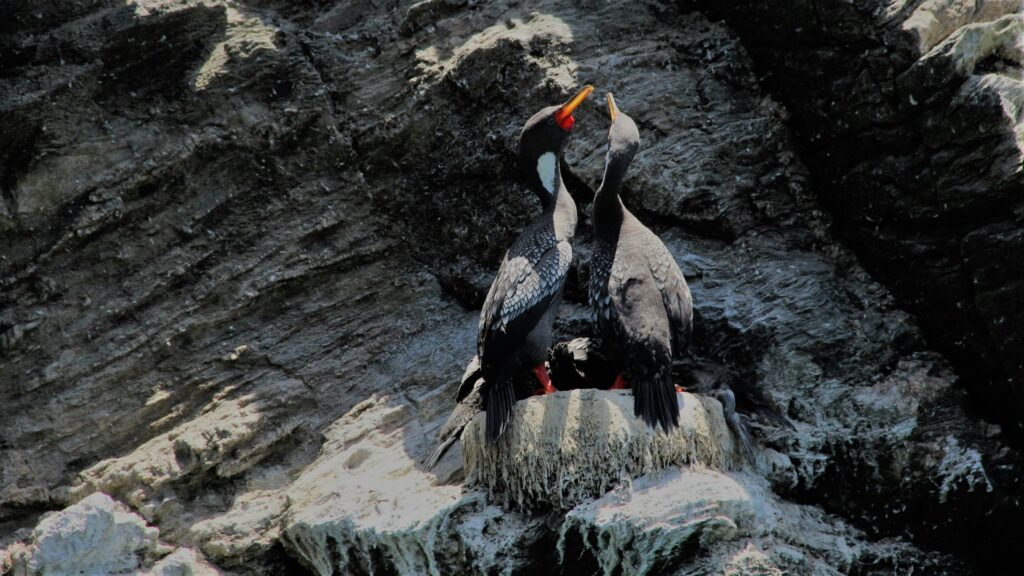
Birds have an astonishingly high level of male parental involvement for vertebrate species. After mating occurs, many species of birds participate in pairing, a monogamous bond between the parents that can last as short as that single mating season to as long as life. This pairing allows for both parents to brood and care for the young.
